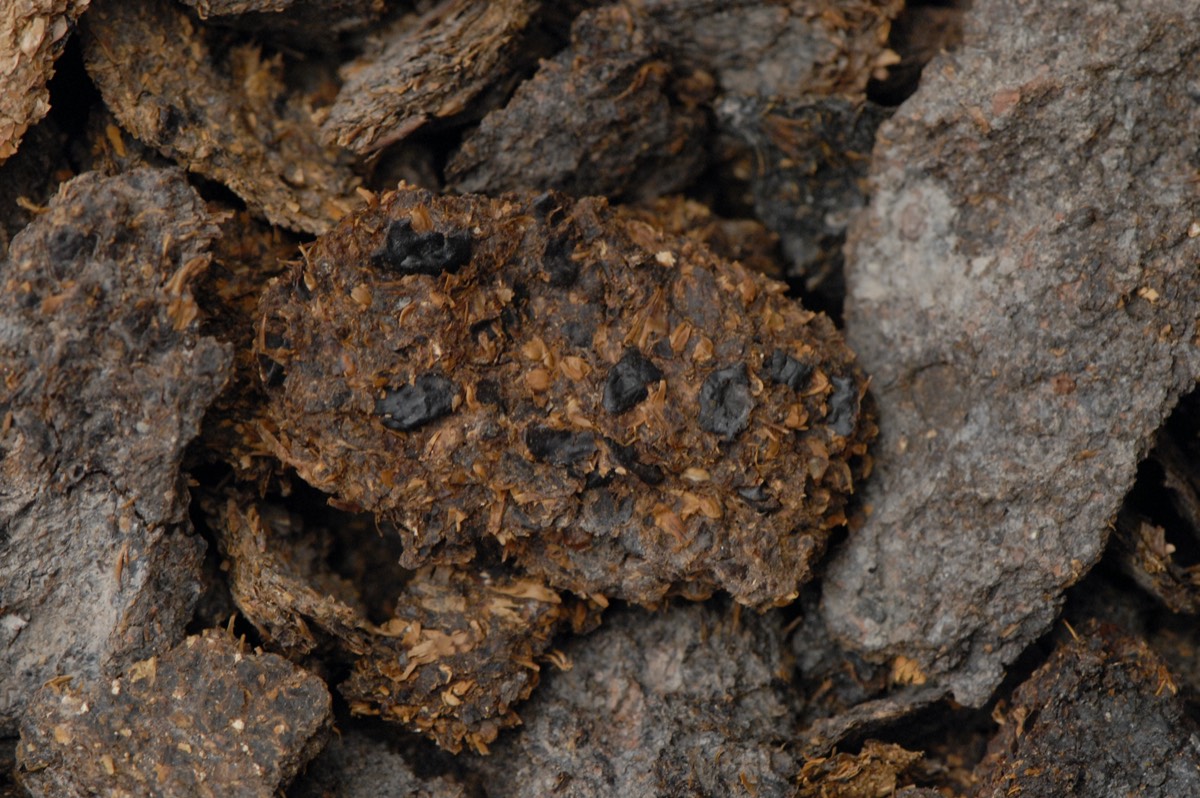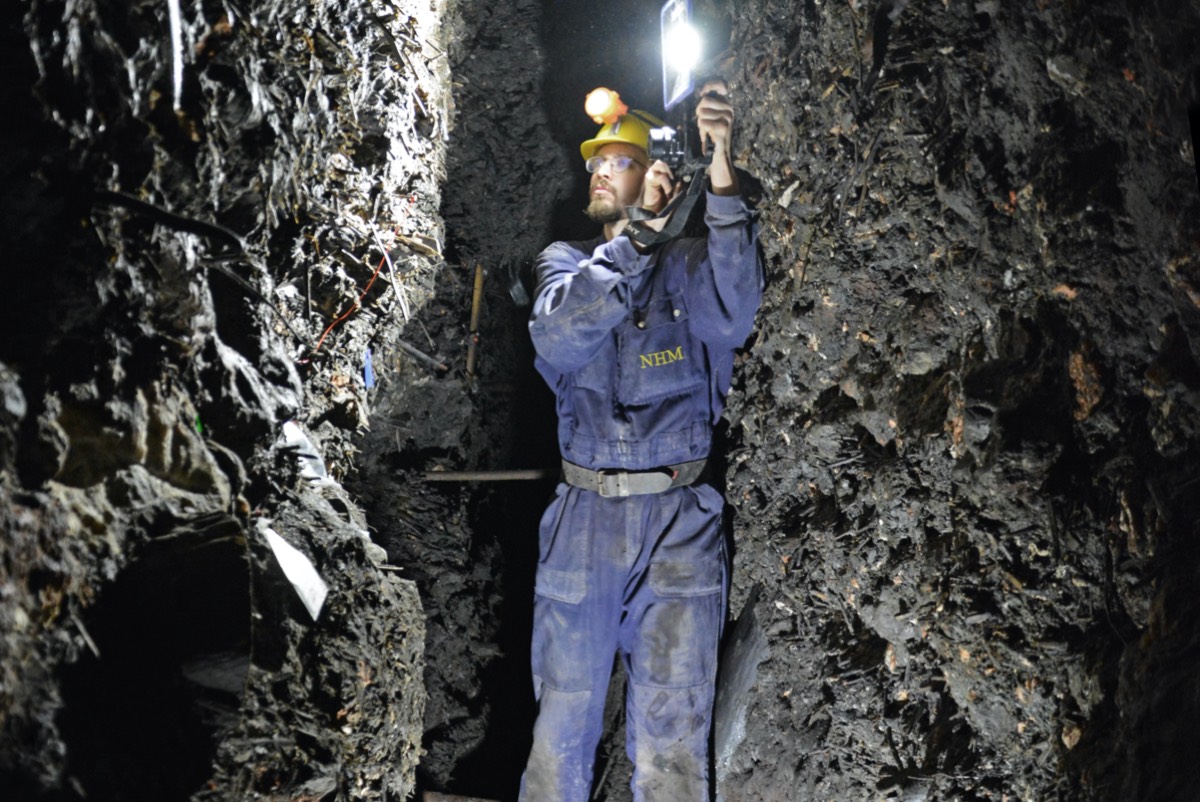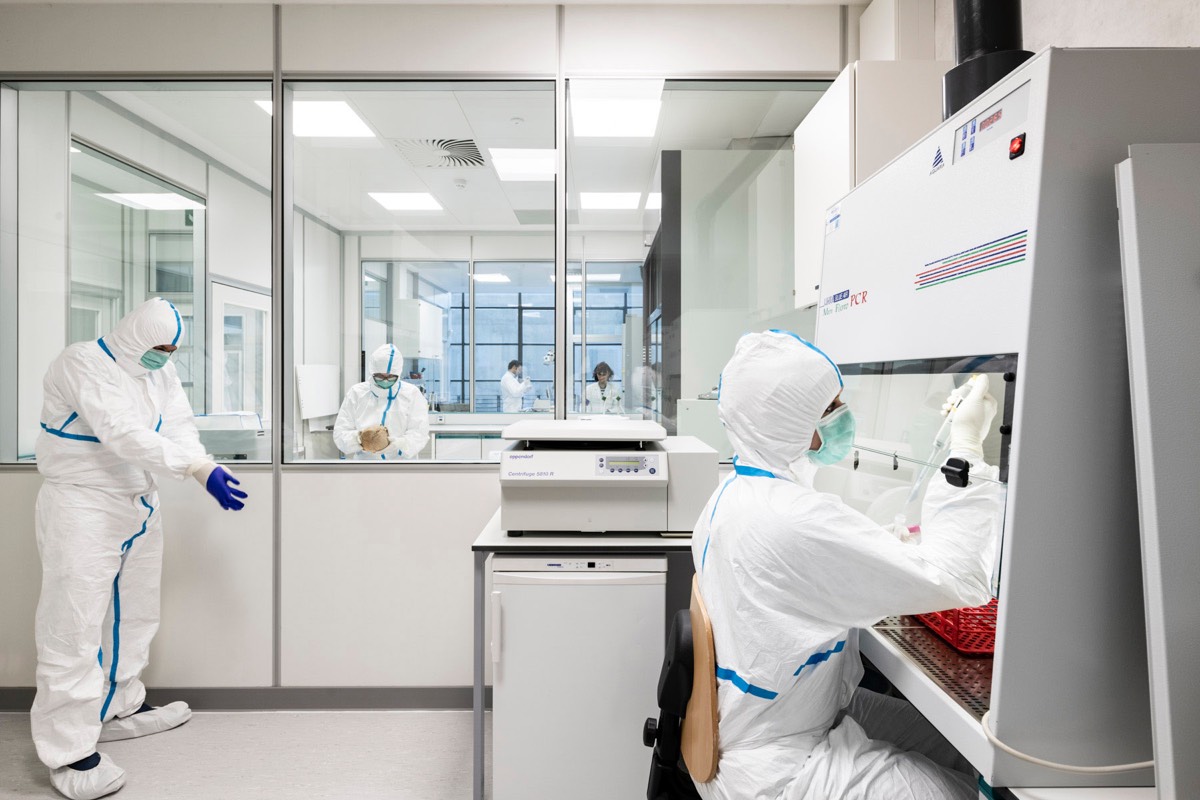Ancient Iron Age miners in what is now Austria were quite fond of beer and blue cheese, according to a new analysis, published in the journal Current Biology, of preserved paleo-poop. The researchers found evidence of two fungal species commonly used to produce blue cheese and beers, along with evidence that the miners' diet was particularly rich in carbohydrates in the form of cereal grains.
“Genome-wide analysis indicates that both fungi were involved in food fermentation and provide the first molecular evidence for blue cheese and beer consumption during Iron Age Europe,” said co-author Frank Maixner of the Eurac Research Institute for Mummy Studies in Bolzano, Italy. "The miners seem to have intentionally applied food fermentation technologies with microorganisms which are still nowadays used in the food industry."
For archaeologists keen on learning more about the health and diet of past populations—as well as how certain parasites evolved over the evolutionary history of the microbiome—preserved samples of ancient poo can be a veritable goldmine of information. Samples are usually found in dry caves, desert areas, frozen areas, or waterlogged environments (like bogs), according to Maixner and his co-authors, where desiccation, freezing, and similar processes preserve the fecal matter for posterity.
As we've reported previously, it can be difficult to determine whether fecal samples are human or were produced by other animals, particularly dogs. Usually, only those samples found with human skeletons or mummies could be designated as being of human origin with any certainty. That's why scientists developed a tool last year (dubbed coproID) capable of determining whether paleofeces and coprolites recovered from archaeological sites are of human or animal origin. Among other discoveries, the researchers found that the archaeological record was unexpectedly "full of dog poop."
One excellent source of human paleofeces samples is the prehistoric underground salt mines of Hallstatt-Dachstein/Salzkammergut, a UNESCO World Heritage site in Austria. The mines have high salt concentrations and a constant annual temperature of around 8 degrees Celsius, which is ideal for preserving organic materials like feces. Archaeologists have unearthed thousands of Bronze and Iron Age tools and implements made from wood and fur, as well as rawhide, woolen textile fragments, ropes—and yes, human feces, typically recovered by wet-sieving larger blocks of debris found in the mines. These artifacts have provided insight into the daily life of the miners.





 Loading comments...
Loading comments...
